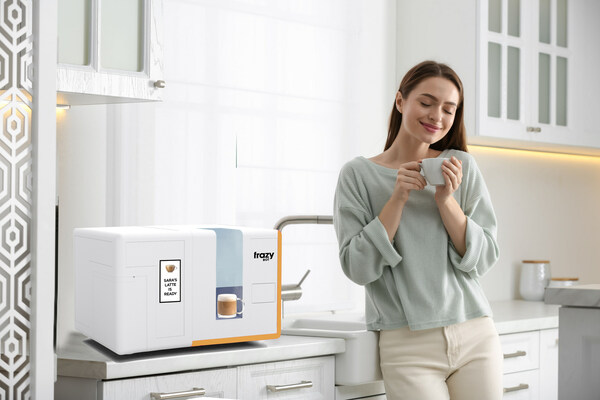Last month in Las Vegas, we sat down with one of our favorite restaurateurs, Lee Kindell of MOTO Pizza, to discuss his vision for the future of restaurants. Lee was in town to speak onstage at CES about the industry’s direction, so we made sure to catch up with him for a one-on-one interview.
One revelation that surprised us during our conversation was that MOTO is developing an end-to-end pizza robot—one that automates the entire process, from dough preparation to boxing the finished pizza.
“Our robot is going to be fully autonomous,” Kindell explained. “It takes the pizza from refrigeration, brings it out, proofs it, tops it, cooks it, finishes it, cuts it, and boxes it. So that’s what we’re building right now. It’s truly end-to-end, and that’s what excites me the most.”
As someone who loves both pizza and robotics, I was intrigued by MOTO’s move to develop its own technology. To clarify, I asked Kindell directly about his plans. He confirmed that MOTO is indeed building a fully automated pizza-making solution—one that could potentially integrate with existing automation partners, such as Picnic (Picnic’s pizza robot adds sauce, cheese, and toppings but doesn’t handle cooking, cutting, or boxing).
MOTO has been expanding rapidly, entering new cities and sports venues. Kindell, who started as a hands-on pizzaiolo mixing dough by hand, became a firm believer in automation after an arm injury forced him to adopt a mixer. That moment reshaped his perspective—he realized that automation wasn’t just about efficiency; it was a tool to scale his business while maintaining quality.
Now, Kindell and MOTO are taking that mindset a step further, developing an end-to-end pizza robot to help the fast-growing chain keep up with demand and reach more customers than ever before.
You can watch our full conversation below.
























